Inverter
Comparison_ Deye single-phase vs. three-phase inverters for homes
Comparison: Deye Single-Phase vs. Three-Phase Inverters for Homes
In the era of renewable energy and smart home technology, inverters have become a cornerstone of modern electrical systems. Inverters convert direct current (DC) to alternating current (AC), enabling devices to operate on the grid or solar panels. Among the inverters available, Deye inverters have gained popularity, especially in the single-phase and three-phase categories. This comparison will help homeowners understand the differences between Deye single-phase and three-phase inverters and choose the right one for their needs.
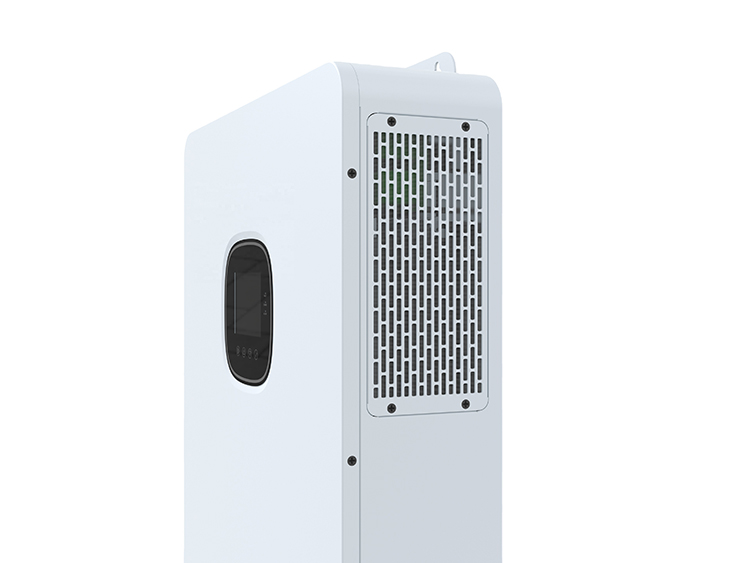
What Are Inverters?
An inverter is a device that converts DC power from a battery source to AC power, which is required by most household appliances. There are two main types of inverters: single-phase and three-phase. The distinction lies in the number of alternating current phases and the types of loads they can handle.
Deye Single-Phase Inverters
Deye single-phase inverters are designed for homeowners who want to power devices that operate on a single-phase AC supply. These inverters are ideal for small-scale applications, such as solar panels, LED lighting, and small motors. They are compact, cost-effective, and easy to install, making them a popular choice for residential use.
Key Features:
Efficiency: Deye single-phase inverters are known for their high efficiency, which reduces energy losses and costs. Durability: Built with robust materials, these inverters can handle the rigors of outdoor use and long-term storage. Ease of Use: They come with user-friendly controls and are compatible with most household wiring.Suitable for:
Small-scale solar systems LED lighting and decorative lights Small motors and pumpsDeye Three- Mango Inverters
On the other hand, Deye three-phase inverters are designed for more complex electrical systems. They are suitable for homeowners who want to power large appliances, such as air conditioners, water pumps, and industrial machinery. Three-phase inverters are capable of handling higher power loads and are often used in commercial or large-scale residential settings.
Key Features:
Handling High Power: Three-phase inverters can supply the necessary power for large appliances, reducing the need for multiple inverters. Efficiency and Reliability: Like their single-phase counterparts, Deye three-phase inverters are built to last, with high efficiency and reliability. Advanced Control: Some models come with advanced control systems, allowing for optimized performance and energy savings.Suitable for:
Large-scale solar systems Industrial machinery and heavy appliances High-power motors and pumpsComparison: Which One Is Right for You?
The choice between a Deye single-phase and three-phase inverter depends on your specific needs and the appliances you plan to power. Single-phase inverters are ideal for small-scale applications, while three-phase inverters are better suited for large-scale and complex systems.
Key Considerations:
Appliance Requirements: If you have large appliances or complex loads, a three-phase inverter is necessary. Single-phase inverters may not provide sufficient power. Budget: Three-phase inverters are generally more expensive than single-phase models, so consider your budget when making a decision. Installation Complexity: Three-phase inverters may require more complex installation and wiring, which could be a barrier for some homeowners.Deye inverters, whether single-phase or three-phase, are valuable tools for modern electrical systems. Understanding the differences between these inverters can help homeowners make an informed decision based on their specific needs. Whether you need a compact, cost-effective single-phase inverter or a powerful, reliable three-phase inverter, Deye has options to meet your requirements. Explore more resources on inverters and solar energy on our blog to learn more about optimizing your home’s electrical systems.

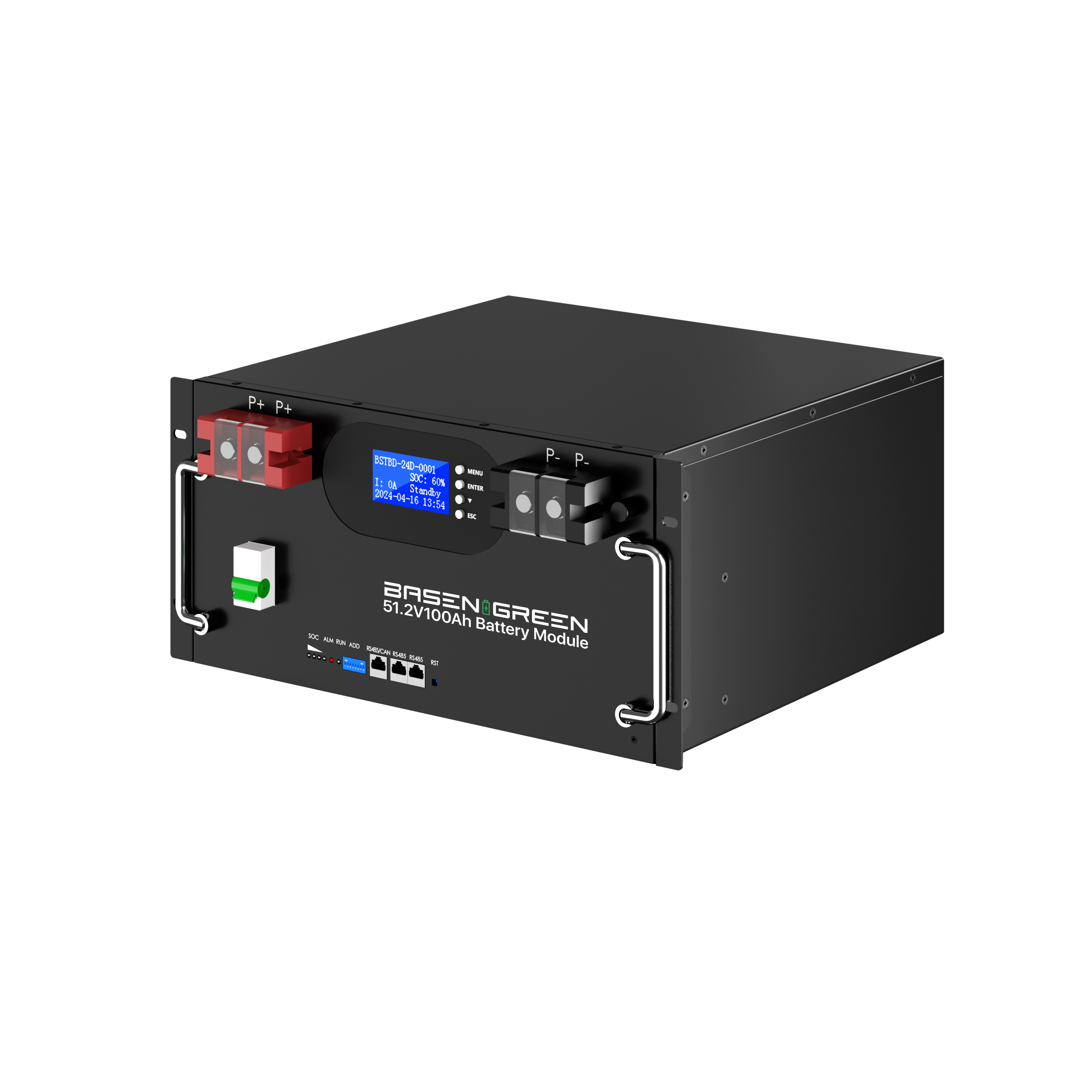
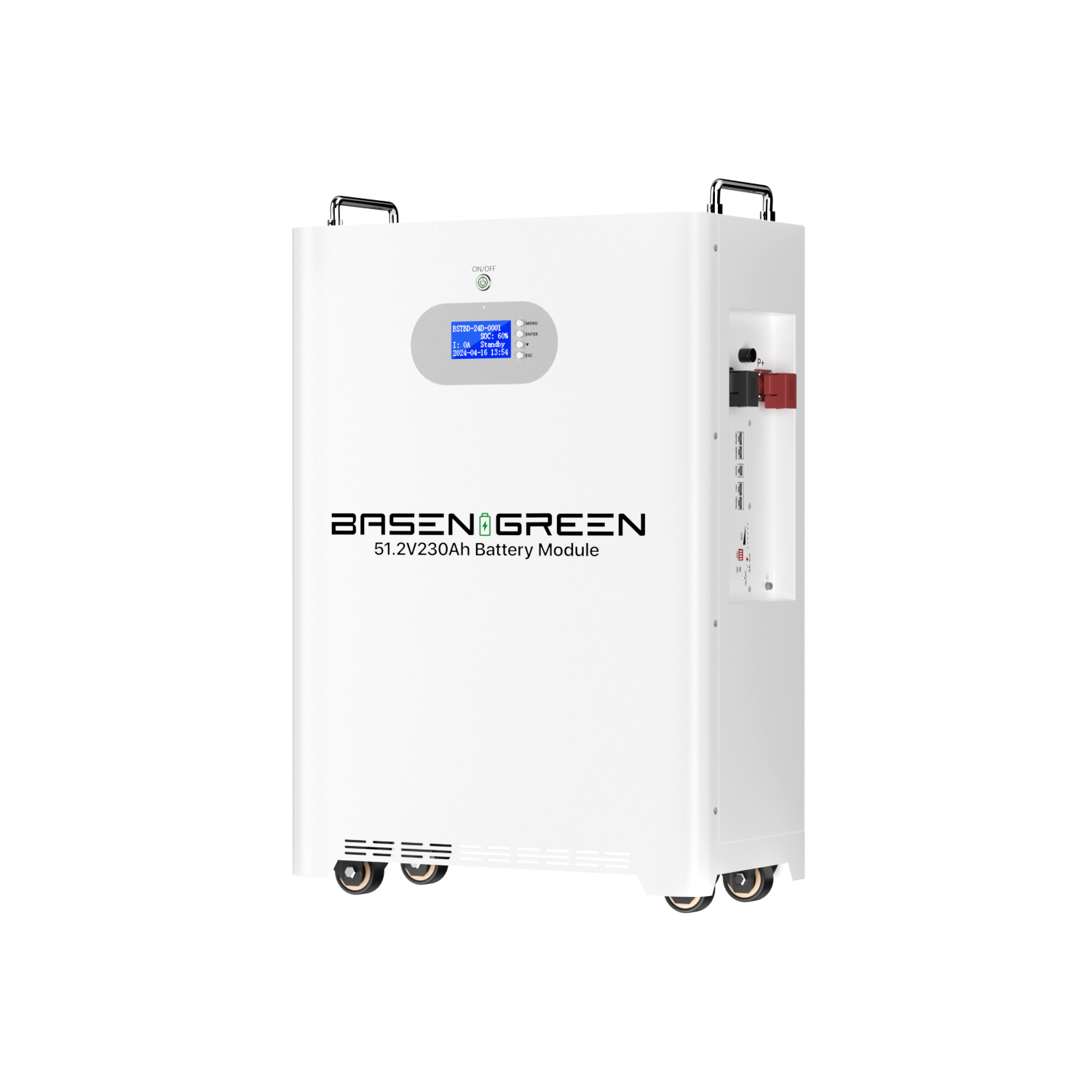
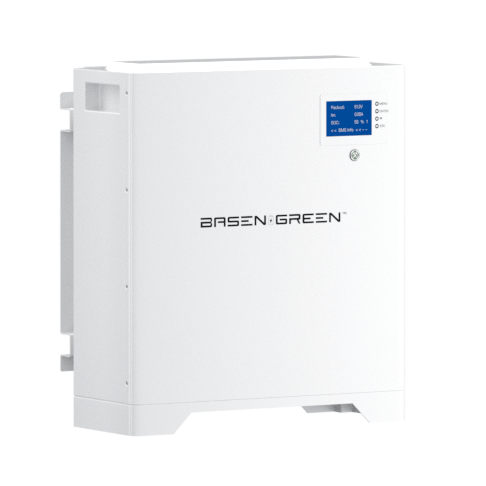
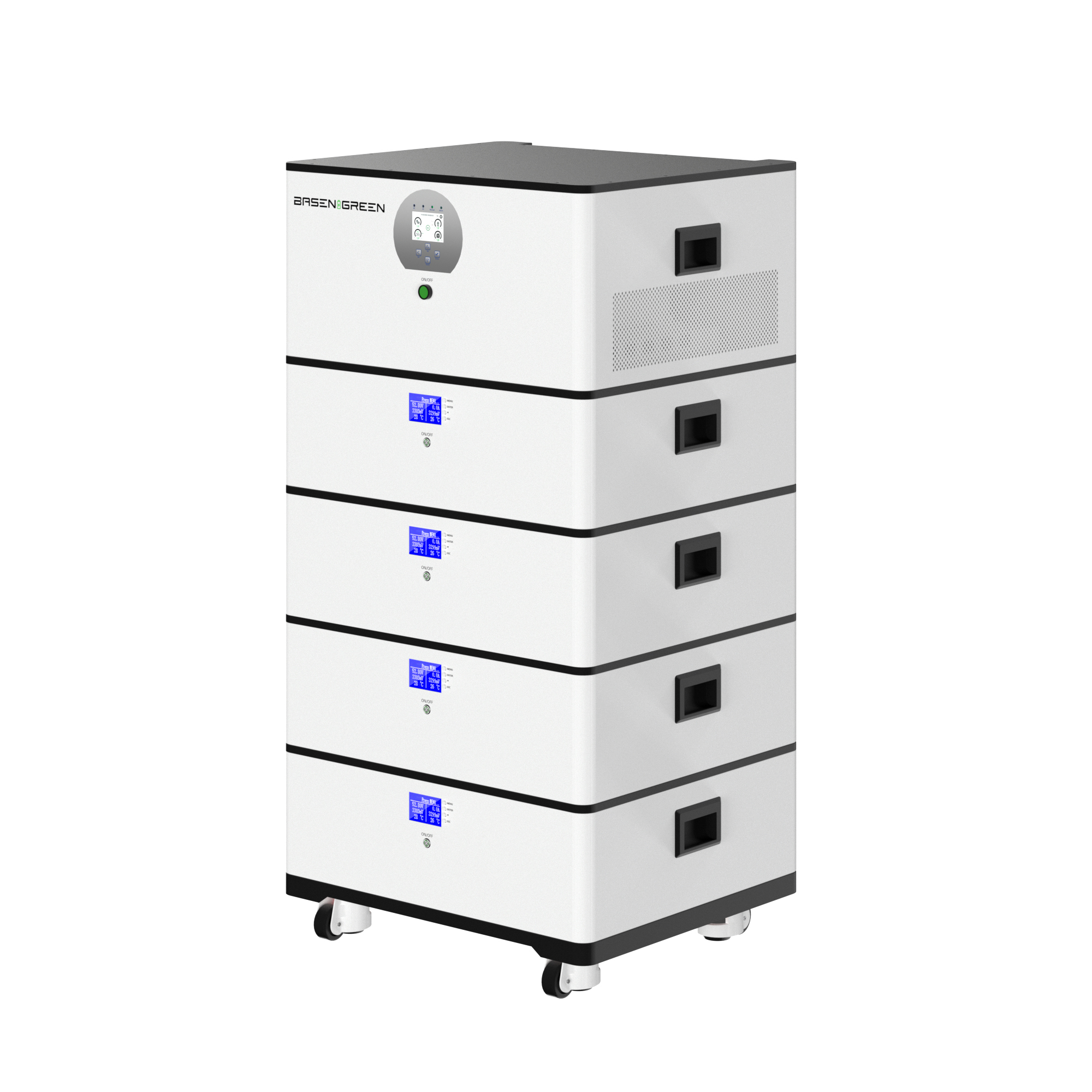

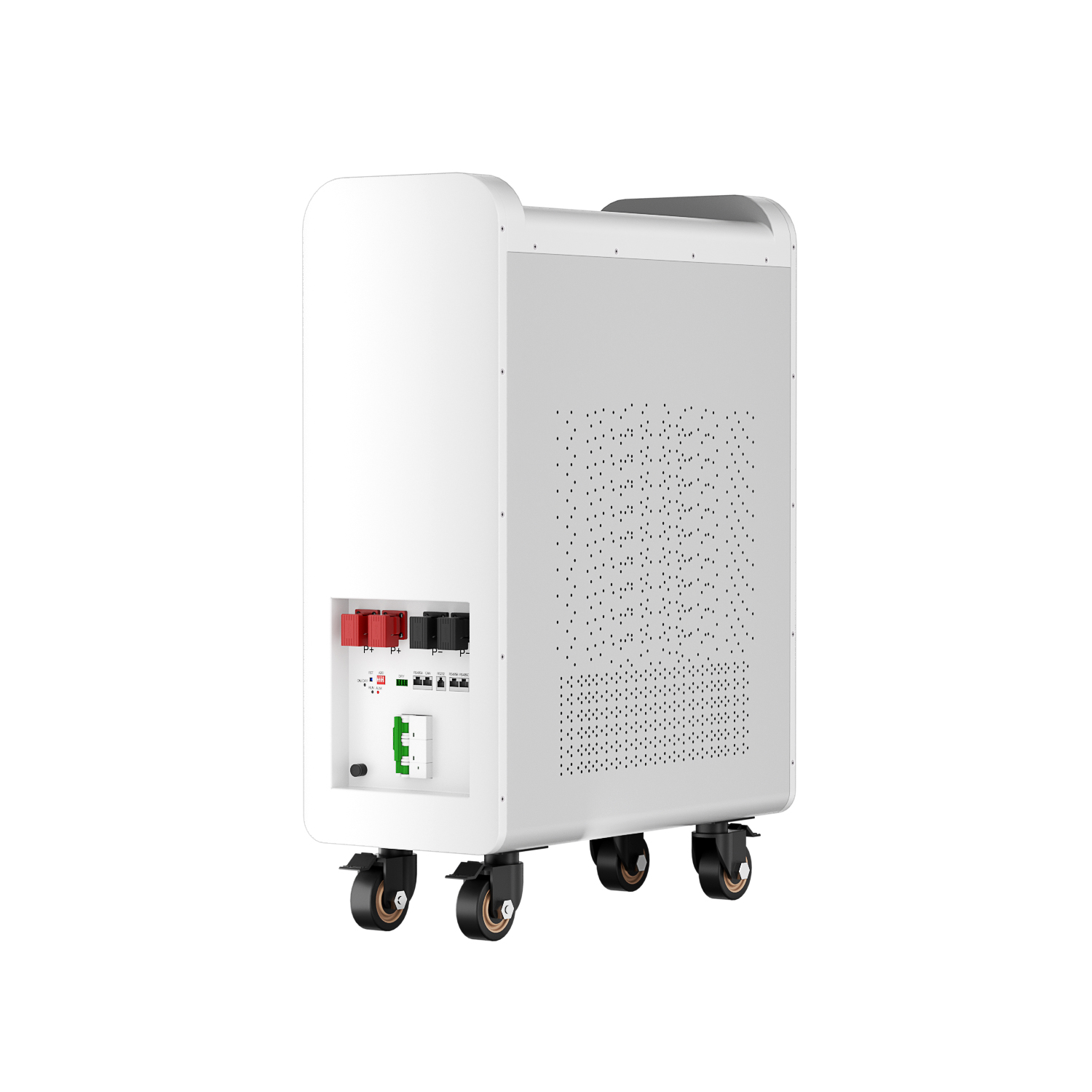
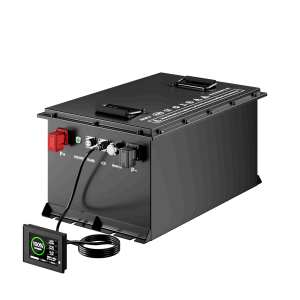
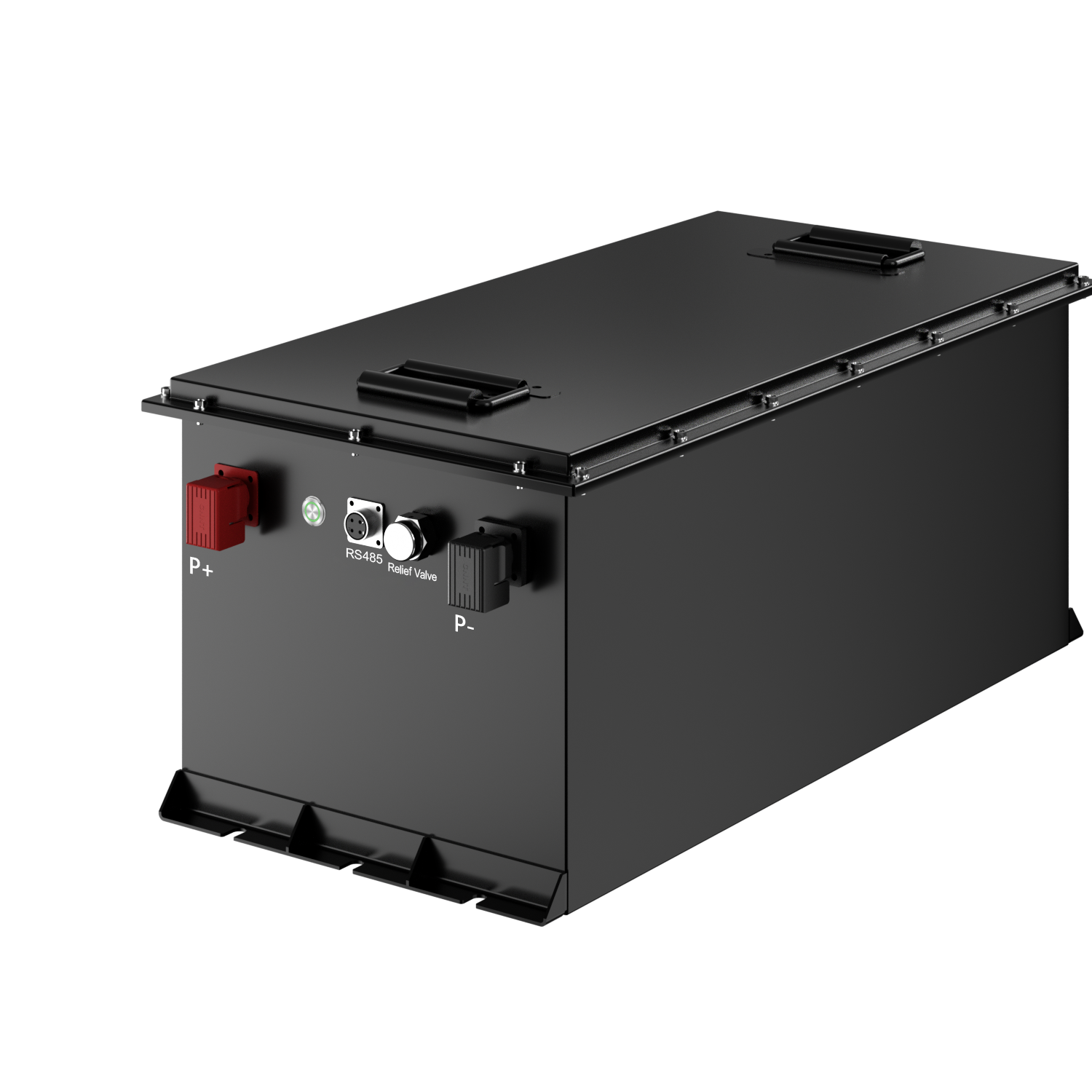
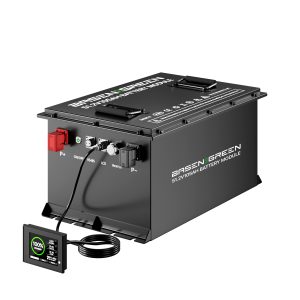
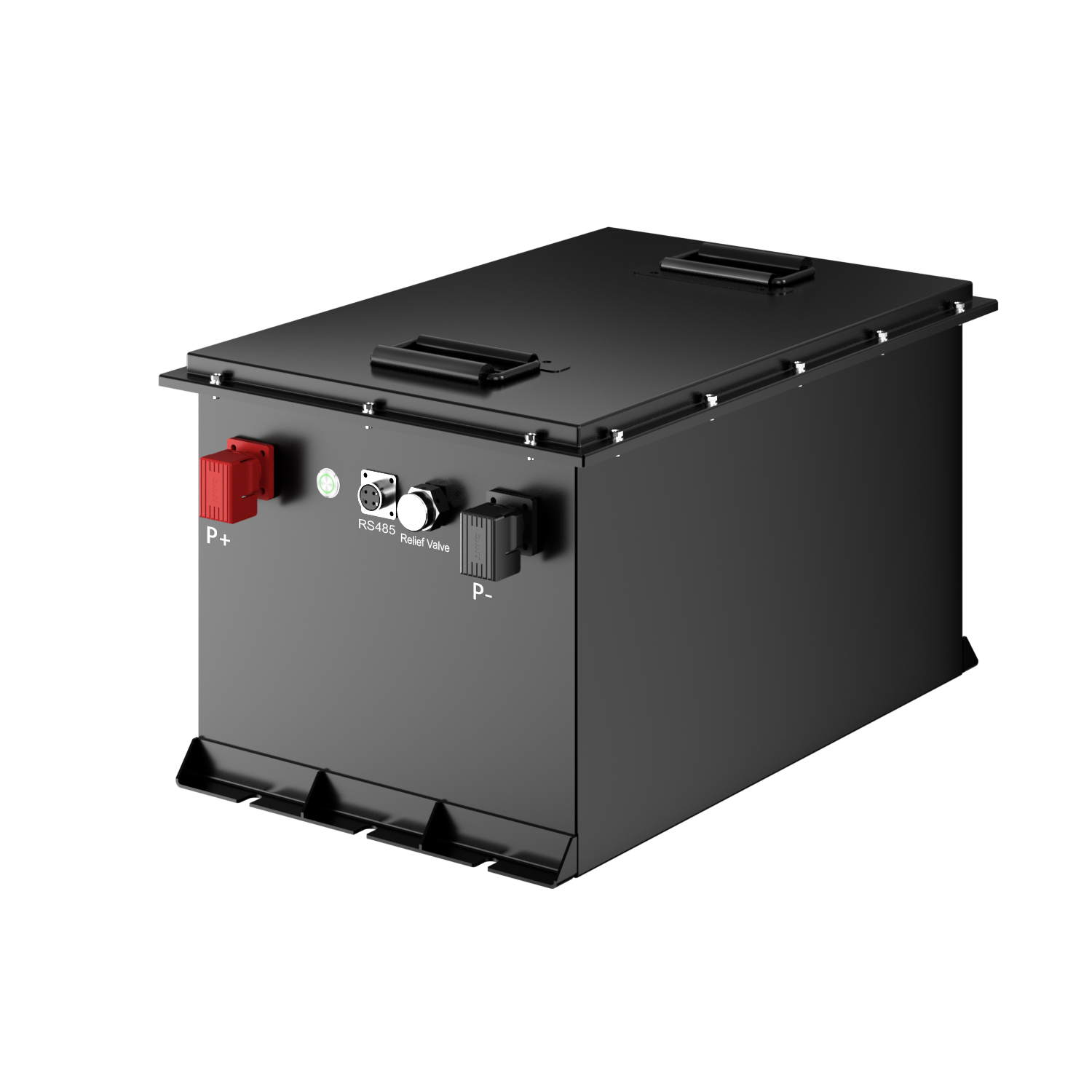
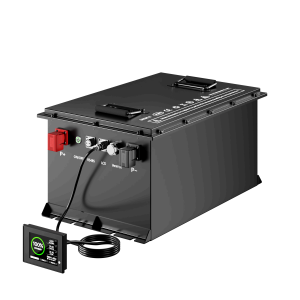
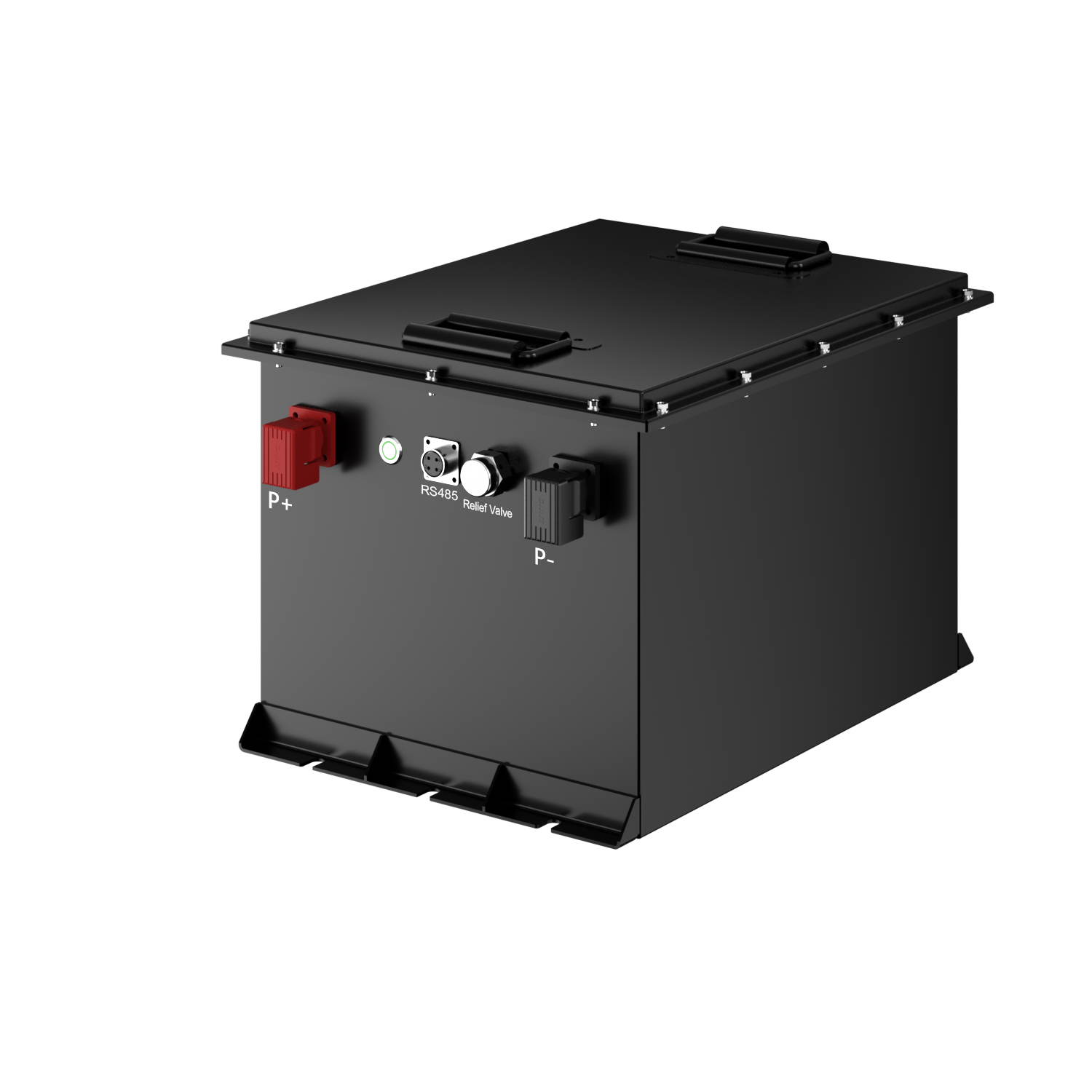
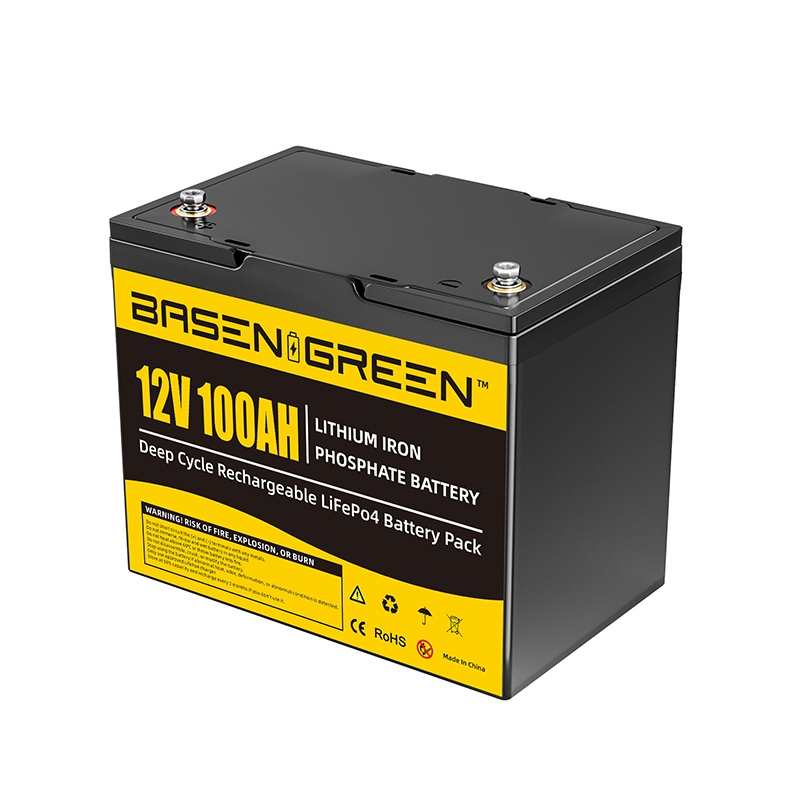
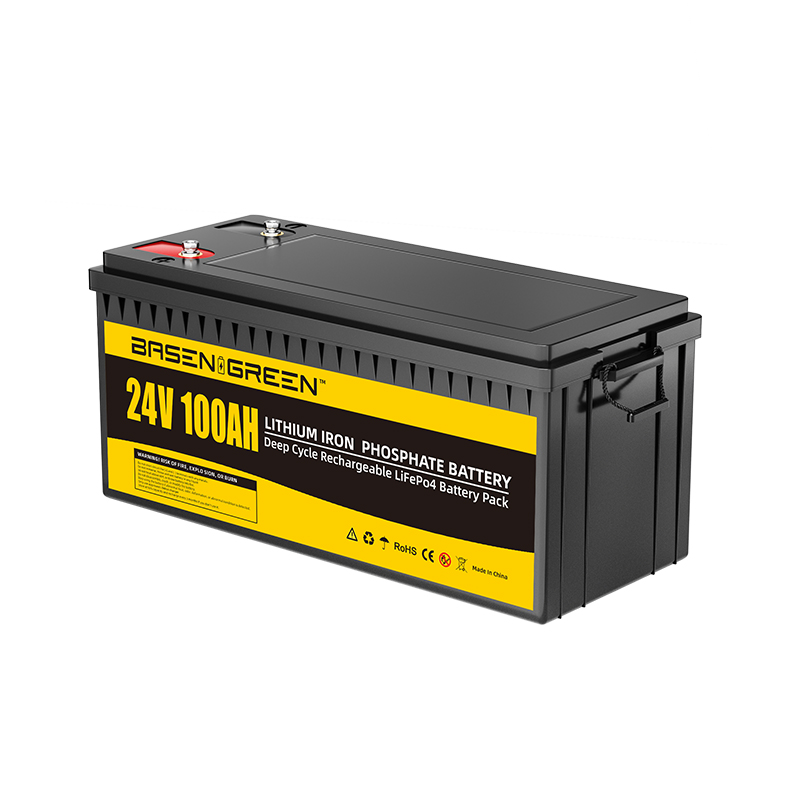
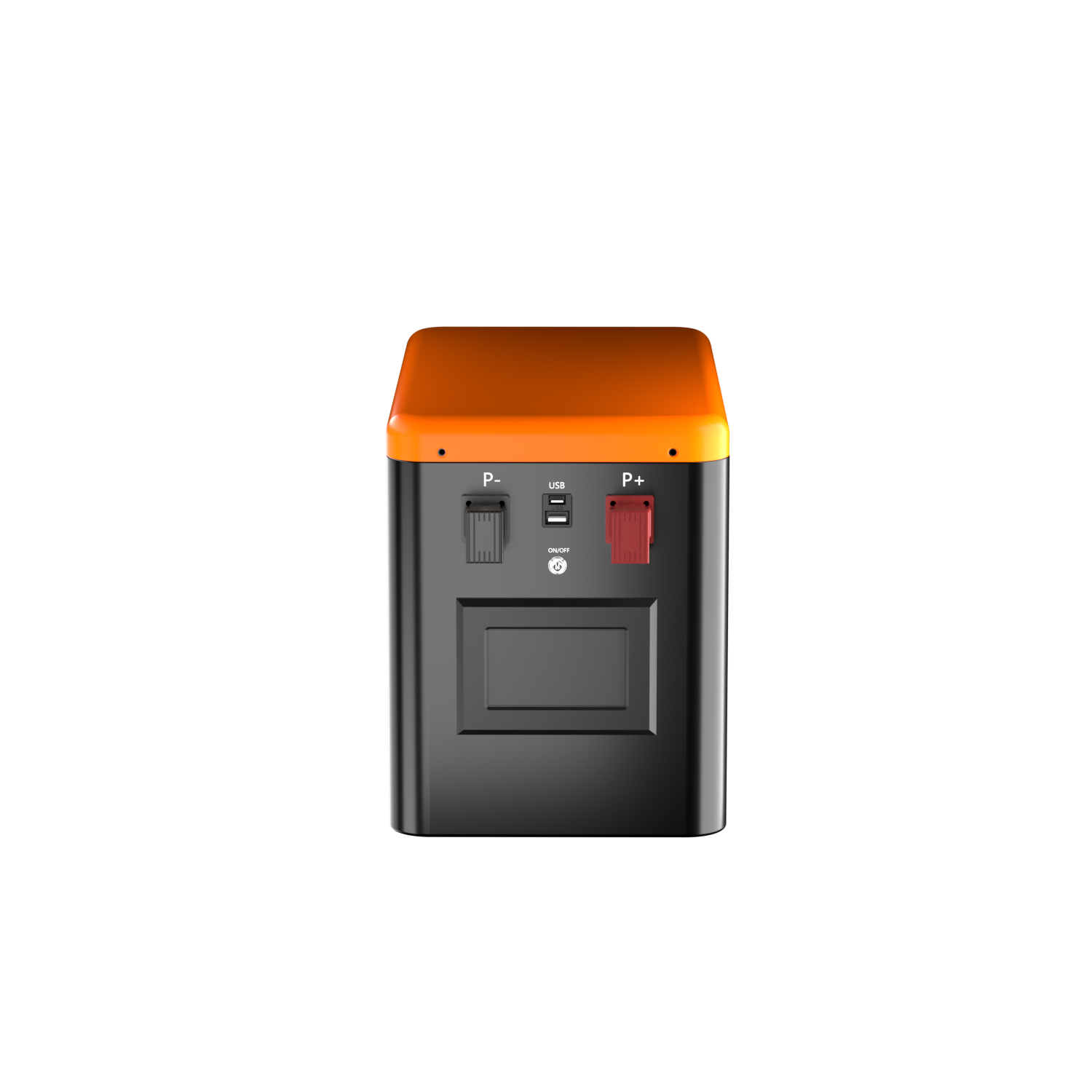
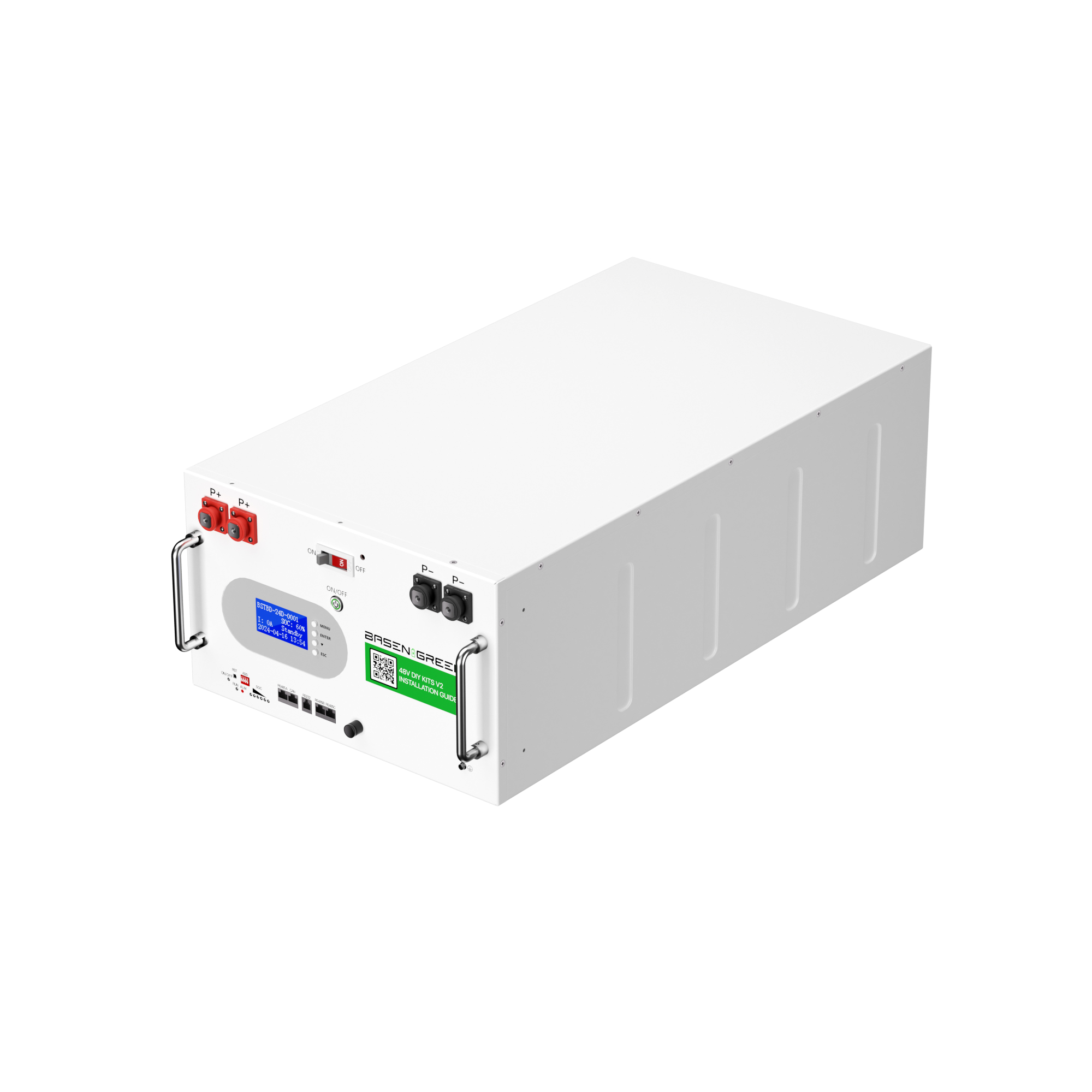
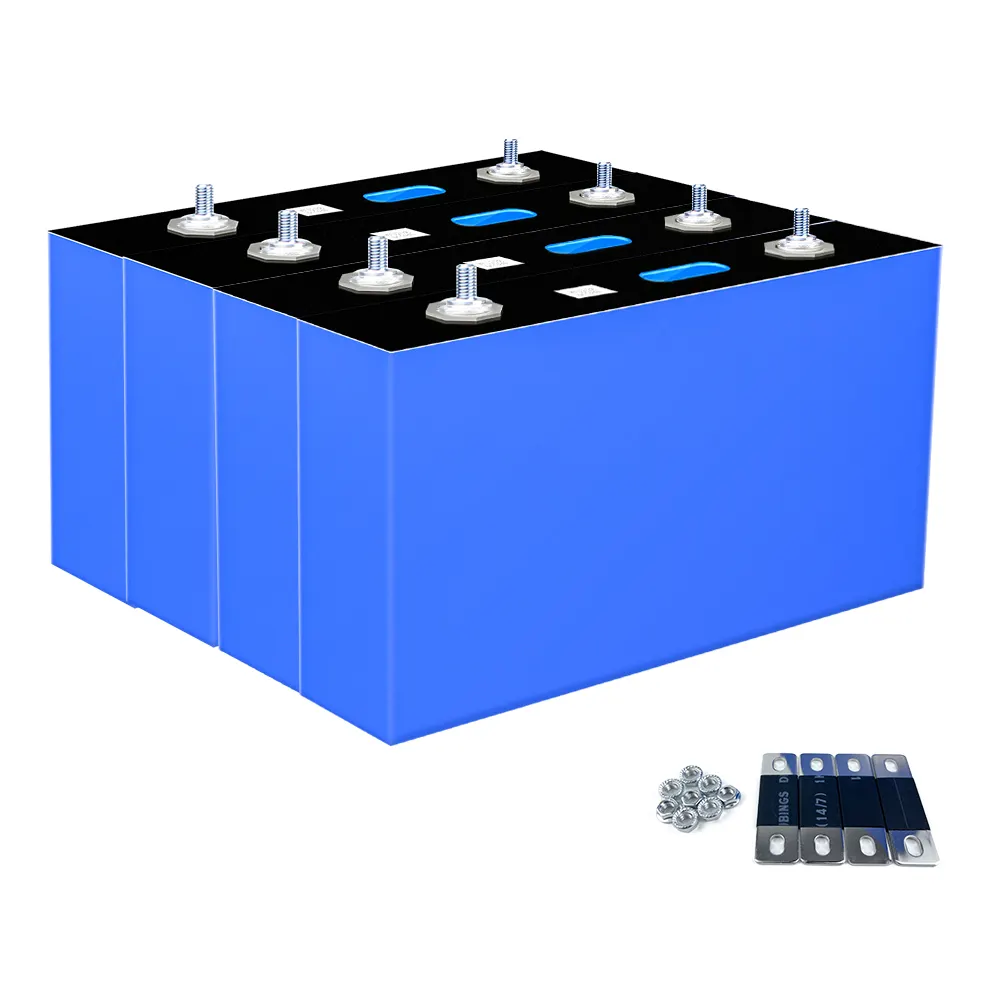
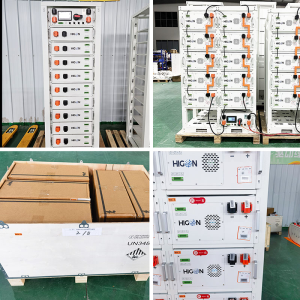
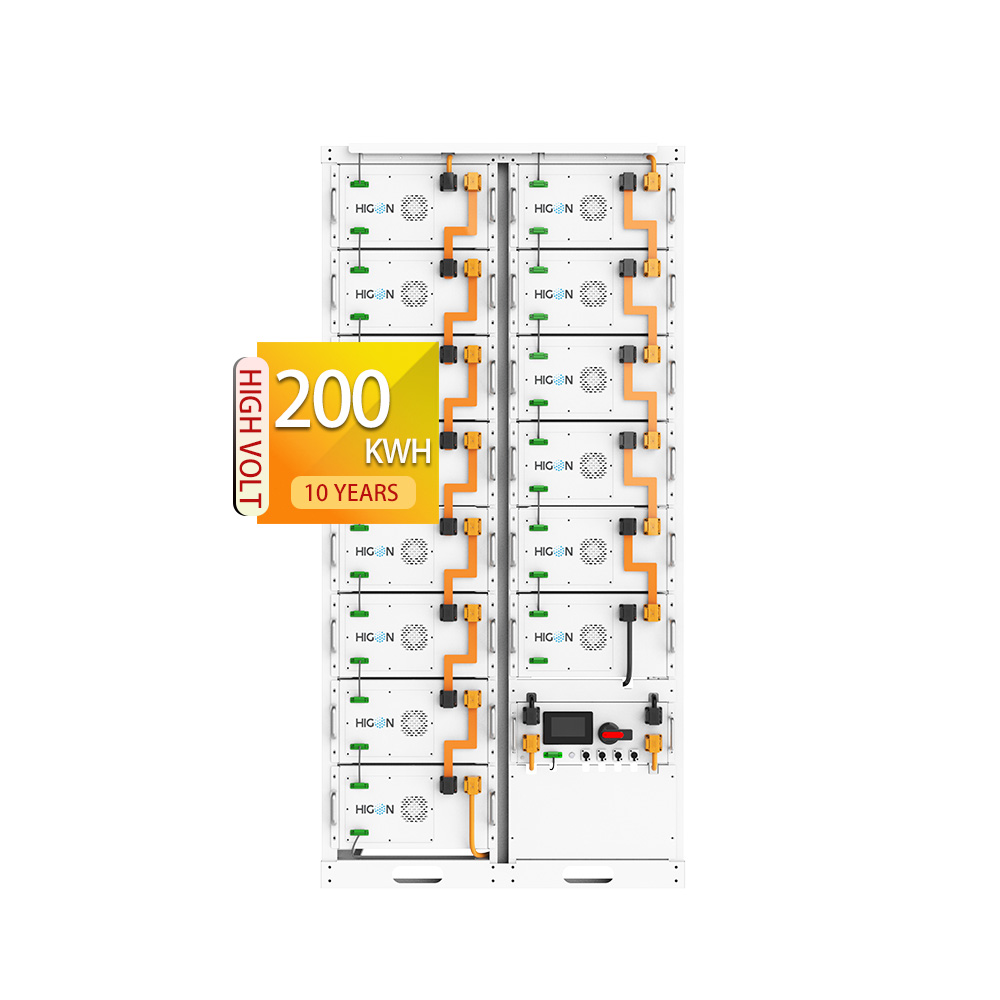
.png)